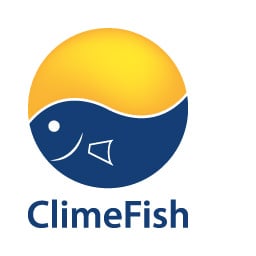Atlantic salmon (Salmo salar)
The Atlantic salmon is a species of ray-finned fish in the family Salmonidae.
Wild Atlantic salmon follow an anadromous fish migration pattern, in that they undergo their greatest feeding and growth in saltwater; however, adults return to spawn in native freshwater streams where the eggs hatch and juveniles grow through several distinct stages. In aquaculture, egg and smolt production is done in inland facilities, while the post smolt stages and grow out phase is in the sea. Farmed Atlantic salmon use less than two years in the sea to reach harvest size.
In ClimeFish, Aquacultured salmon is studied in three different countries – Norway, Scotland and Chile. These countries have different climate, management procedures, governmental control, production techniques, stakeholders, employment, production numbers etc.
Atlantic salmon is farmed along almost the entire Norwegian coast. With an expansion now in the North, rather than in the South. A total of 1.3 million tonnes were produced in 2015.
In Scottish aquaculture, 179,022 tonnes Atlantic salmon is (2014). Almost all production is located in the west of the country and the Highlands and Islands.
In Chile, three salmonids that are produced: Atlantic salmon, Pacific salmon (Oncorhynchus kitsuch) and rainbow trout. Seawater production (on-growing) is based in the southern regions that are rich in fjords and islands and non-exposed sea areas.

